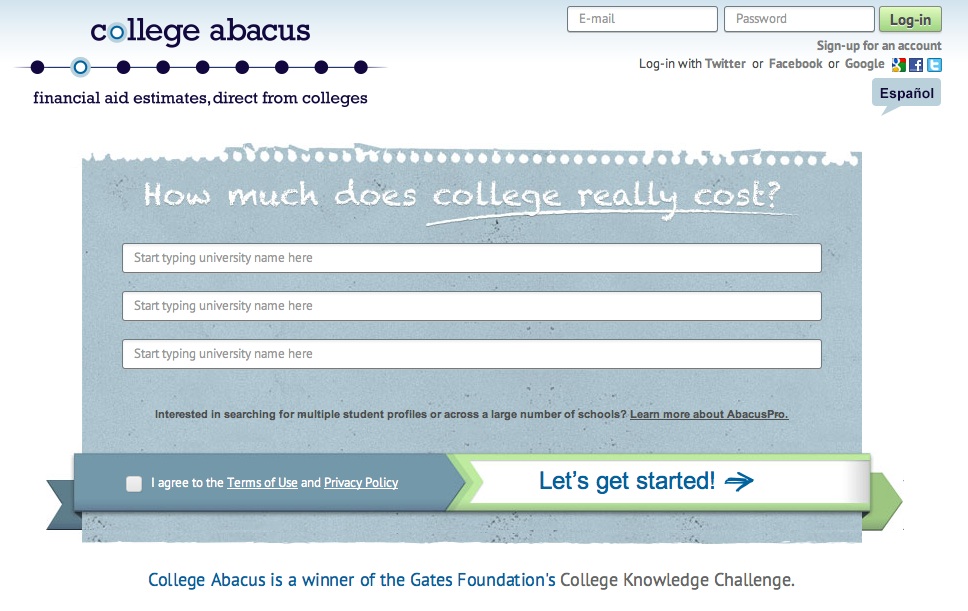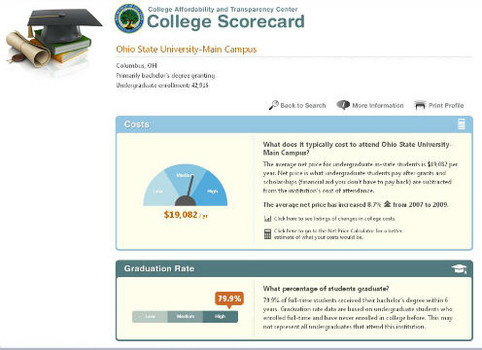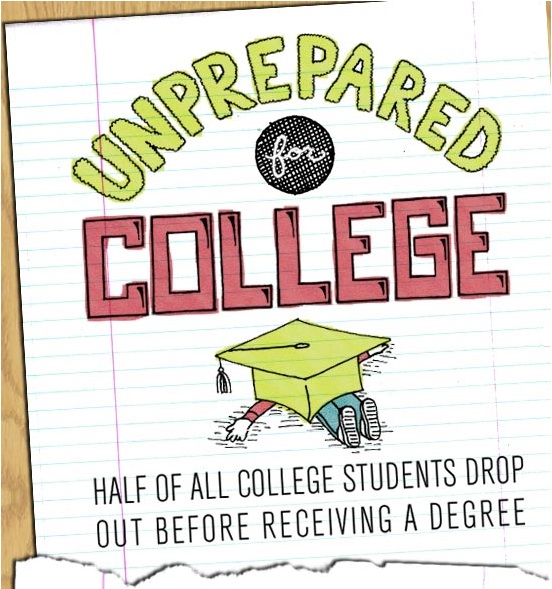
Seniors are gearing up toward graduating and heading off to college. Begin talking with your student about dorm life and how to get along with roommates. Today’s guest post addresses that topic.
___________
It’s a fairly common complaint for parents to hear: “I can’t live with this person anymore!” Whether your young student was assigned a roommate by the school or chose to bunk with a friend, the pressures of sharing a small space in a dorm room can try any relationship. Many students end up seeking alternative arrangements or moving off-campus during the semester break.
Fortunately, if the problems stem largely from disagreements about lifestyle and clutter in the room, there is probably a solution. Building consensus about expectations for visitors, behavior, and cleanliness is an important step for any college student and will benefit them in cohabitation situations later in life. What your student decides to pack and their own level of organization will play a big role in their interaction with future and current roommates.
To help your college student adapt to living in a dorm space with a roommate (and some of these tips apply to those who live alone), follow these guidelines:
Be a Minimalist
For many young people, their first opportunity to live away from their parents’ watchful eyes is college. It may also be their first chance to decorate and design their living quarters as they please.
There’s a temptation to purchase new furniture, flat screen TVs, and other luxuries that will match the standard of living they’ve perhaps become accustomed to at mom and dad’s house. As a parent, do your best to discourage this.
The dorm is a place to sleep and to study. The more that your child is active in other aspects of campus life, participating in clubs and athletics, the better overall experience they’ll take away from their college years. By decking out a dorm room, they’ll not only be likely to waste idle time, but they’ll also add to the ‘stuff’ that can quickly pile up in a small space.
Identify Personal and Shared Space
Although a roommate who complains about dirty clothes on their roommate’s bed may be met with rolled eyes, those same dirty clothes on the shared sofa are a legitimate concern. Encourage your student to talk with their roommate and decide what parts of the room are mutual space, and which are solely their own. This will aid in creating understanding about the environment in which both people want to live.
Foster an Effective Workspace
Apart from the bed and the ability to get a good night’s sleep, your student’s desk is the most important piece of furniture in their room. Away from class and the library, this is where their learning takes place. It’s important that they begin their life as a student with a desk environment that’s conducive to studies. Eliminating clutter from the desk space can be difficult in a tiny dorm, but these tips will help create a workplace where visionary thinking can occur.
- Use a bulletin board to get notes and papers off of the desk surface. Keep a calendar on it with classes, deadlines, and activities.
- Invest in a few drawer organizers to keep scissors, pens, staplers, etc…out of sight but easily accessible.
- Consider a wireless Bluetooth speaker, doing away with cords draped across the desk.
- Clip lamps are great for dorm rooms, clearing up shelf, desk, and floor space.
Clean Out That Closet
Students don’t need to bring their entire wardrobe to college. Think of it this way — every semester is an opportunity to debut a whole new side of your style. Bring enough clothes for a week or two of wear, with the knowledge that you can always switch out outfits during trips home.
In addition, to make use of tight closet space, utilize strong wire hangers that don’t require as much space on the rod. A hanging shoe rack can get shoes off the ground, and hooks inside the closet can get jewelry and belts out of the way.
Hang It
When living in a tight space, hooks and hangers can go a long way to maximize a room’s cubic footage. From bicycles to sporting equipment, hooks on the ceiling or near the top of the wall can get equipment off the ground and out of the way.
Talk It Out
Apart from the obvious issues that arise over clutter and sharing a small space, a roommate who brings unwanted visitors or plays music and leaves lights on late at night can also cause tension. Encourage your college student to discuss their expectations with a roommate early in the relationship (but it’s never too late).
Come to agreement about guest rules — how many, and how often? What time do you each need to go to bed? Decide on ground rules and limits on music and curfew, even if it varies each day of the week depending on class schedules.
Ultimately, dorm life can be one of the most memorable and rewarding experiences of a young person’s life. Encourage your student to be open to different outlooks than their own from potential roommates, but also help them to organize their own belongings and clearly state their own desires about the living situation.
___________________
After an internship with a marketing company changed her passion from computer science, Jessica Johnson obtained her Bachelor’s Degree in Marketing. Now Marketing Director for Extra Space Storage, Jessica oversees all of the company’s social media profiles and is in charge of all brand marketing efforts.
 With the support of their new grant from the Gates Foundation’s College Knowledge Challenge, College Abacus will go two steps beyond the College Scorecard. At their official launch in September 2013, College Abacus will provide college-bound students with an easy way to generate individualized net-price results and the results page will include the full sweep of required items from the scorecard. The ShoppingSheet function, now in development, will allow students to manually enter data from their college aid award letters, thereby enabling them to compare financial aid packages with ease and to view their awards within the context of their net price calculator results. By 2015, they expect to collect sufficient data to begin issuing accuracy scores for net price calculators – a step yet to be taken or even encouraged by the Department of Education. Though net price calculator results are not intended to be exact, we at College Abacus believe that schools should offer students results that are within striking distance of their final financial aid award.
With the support of their new grant from the Gates Foundation’s College Knowledge Challenge, College Abacus will go two steps beyond the College Scorecard. At their official launch in September 2013, College Abacus will provide college-bound students with an easy way to generate individualized net-price results and the results page will include the full sweep of required items from the scorecard. The ShoppingSheet function, now in development, will allow students to manually enter data from their college aid award letters, thereby enabling them to compare financial aid packages with ease and to view their awards within the context of their net price calculator results. By 2015, they expect to collect sufficient data to begin issuing accuracy scores for net price calculators – a step yet to be taken or even encouraged by the Department of Education. Though net price calculator results are not intended to be exact, we at College Abacus believe that schools should offer students results that are within striking distance of their final financial aid award.







